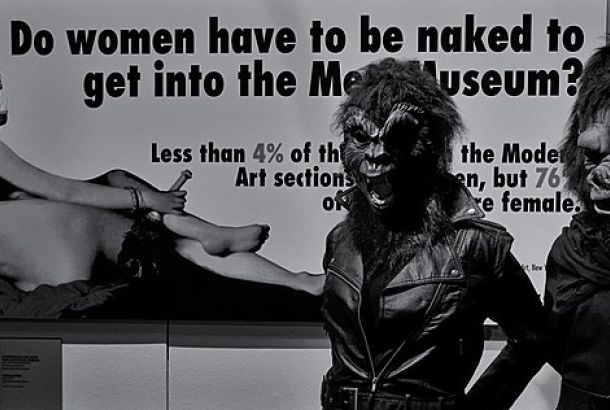Art&Science
Leonardo da Vinci whilst most famous for his paintings such as the Mona Lisa and the Supper was both artist and inventor, renowned in the fields of civil engineering, chemistry, geology, geometry, hydrodynamics, mathematics, mechanical engineering, optics, physics, pyrotechnics, and zoology.
Art and science while coming from what are thought to be opposite ends of the spectrum of human understanding, have found gaps in each other that require filling. Art can provide unique, and often unpredictable, viewpoints from which to inspect or challenge scientific ideas and assumptions.
Last week saw the opening of the Science Museum’s, Media Space, a new exciting collaboration between the world of science and art. At its opening fashion designer, Vivienne Westwood gave a speech in which she announced that ‘the thing about great artists and great scientists is that they have great imagination – they can see the world differently’.
The Museum of Sciences and Industry (MOSI), in Manchester is currently displaying an exhibition, Brains: The Mind as Matter, that investigates what humans have done to brains in the name of science, medicine, culture and technology. An artist included in the exhibition is Helen Pynor who majored in cellular and molecular biology, and in photography, sculpture and installation. Pynor draws extensively from the writings of scientists as well as philosophers of biology, in addition to collaborating with scientists for her photographs. Her practice is tied to a questioning of the philosophical and material status of human and non-human organisms.
Other artists who look to science to inspire and inform their work include,
- Ælab
A research collective that seeks to reintroduce the world of animal/vegetal/minerals into the electronic arts.
· Alexander Calder
With a degree in engineering he applied kinetics and geometry to his creation of sculpture that moves. His kinetic pieces alluded to the phenomena of nature—the rustle of leaves, the flight of birds, and the flutter of insects.
- Annie Cattrell
Her work captures moments in time, fleeting things, clouds on a particular day, a breath inside a human lung. Her subjects stem from her interest in neuroscience, anatomy and meteorology, and she is drawn to working with glass because of its transparency and ability to reveal.
· Jack Burman
Photographer Jack Burman created a collection of still-lives of dead but preserved people, specimens and skeletons — dehumanized but very human.
- Jonathon Keats
An American conceptual artist and experimental philosopherknown for creating large-scale thought experiments. Experiments include: attempting to genetically engineer God in a laboratory and transmitting his own abstract artwork out into the cosmos.
- Orshi Drozdik
Her work consists of series of installations exploring subjects such as deconstructions of medical representations of the female body. Her installation series Adventure in Technos Dystopium deconstructed scientific representations of truth. For this series the artist created a fictional 18th century female scientist called Edith Simpson and from1989 she used models of her father’s brain as part of sculptural installations.







